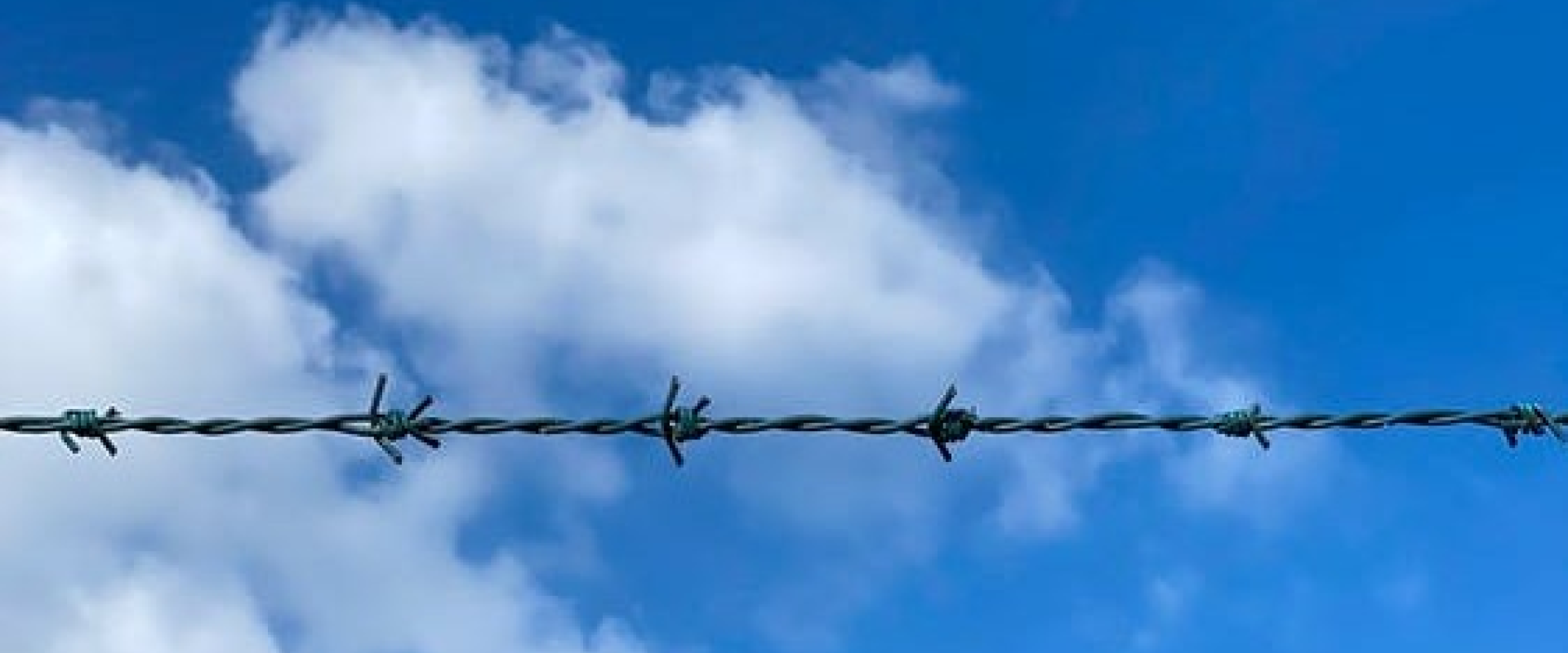The Hawaiʻi Industrial School
Established in 1865 on the island of Oʻahu, the Hawaiʻi Industrial School was the state’s first youth institution, confining children as young as six. Operating under the European doctrine of parens patriae, the state assumed parental authority over children deemed delinquent or neglected.The Industrial School relied on rigid discipline and institutional segregation as a supposed path to reform. In practice, it imposed harsh punishments, enforced gender inequality, and emphasized manual labor over education. Reports of violence and exploitation were frequent. These practices set a precedent that would echo through Hawaiʻi’s youth facilities well into the 20th century.
The Hawaiʻi Youth Correctional Facility (HYCF)
In 1961, Hawaiʻi opened the Hawaiʻi Youth Correctional Facility (HYCF) in Kailua, Oʻahu. The new facility housed both male and female youth but quickly faced chronic challenges, including staff misconduct, inadequate training, and widespread abuse.By the late 1980s, conditions at HYCF had deteriorated dramatically, drawing local criticism and national concern.
CJCJ’s Role in Reform
In 1988, the Hawaiʻi Department of Corrections contracted the Western Regional Office of the National Center on Institutions and Alternatives (NCIA) to conduct an independent assessment of the state’s youth correctional system. This NCIA office would soon become CJCJ.
Over six months, CJCJ identified deep systemic problems and produced a comprehensive reform plan. The 1989 report recommended replacing the large institutional model with a small, 30-bed secure facility supported by a continuum of community-based programs. State officials adopted these recommendations in principle, though implementation lagged.
The Hawaiʻi Youth Advocacy Project
In 1990, CJCJ’s Daniel Macallair returned to Hawaiʻi to launch the Hawaiʻi Youth Advocacy Project (YAP), a model 7‑month accelerated parole and reentry initiative at HYCF. The pilot project used intensive case management to transition youth into appropriate community placements.
During YAP’s operation, HYCF’s population fell from 82 to 32 youth — the lowest in its history. The Hawaiʻi State Legislature, encouraged by these results, appropriated $500,000 to expand community-based services statewide.
Although the project initially faced criticism for aggressively expediting releases, it was later recognized by Wayne Matsuo, Director of the Office of Youth Services, as a vital catalyst for reform. Under Matsuo’s leadership, Hawaiʻi constructed a smaller, more humane HYCF and broadened its network of community programs.
A Lasting Legacy
Wayne Matsuo’s reform leadership was cut short by his passing in 1994, but his legacy endures. His collaboration with CJCJ helped transform Hawaiʻi’s juvenile justice system — demonstrating that smaller, community-oriented programs can enhance both public safety and youth outcomes.
CJCJ is honored to have contributed to these historic reforms and remains committed to advancing humane, effective approaches to youth justice.
